Home>Garden Essentials>How Long After Grass Seed Can You Mow
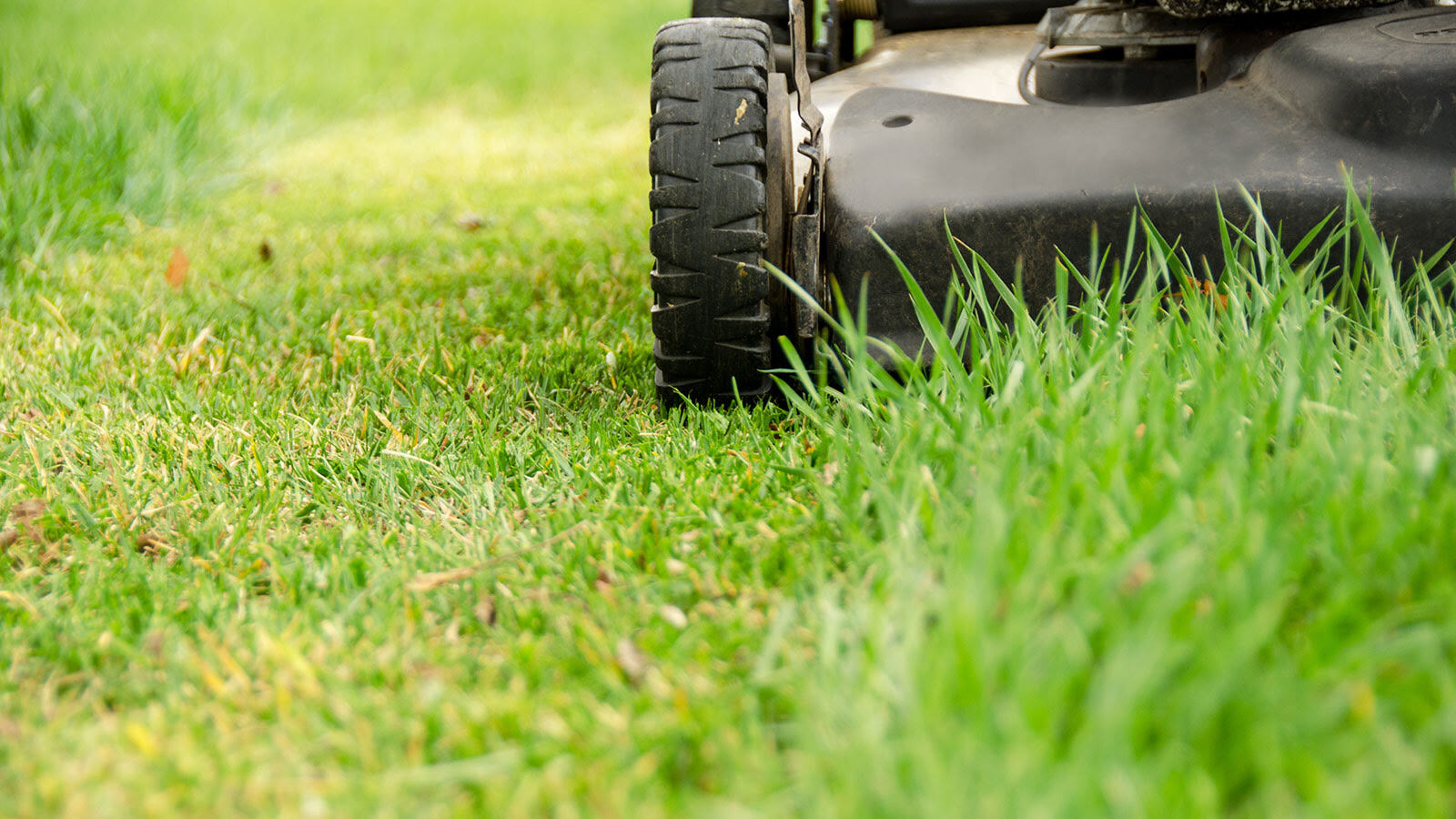

Garden Essentials
How Long After Grass Seed Can You Mow
Modified: March 16, 2024
Discover the right time to mow your garden after planting grass seed. Learn how long you should wait for optimal growth and a beautiful lawn.
(Many of the links in this article redirect to a specific reviewed product. Your purchase of these products through affiliate links helps to generate commission for Storables.com, at no extra cost. Learn more)
Introduction
Welcome to the world of gardening! If you’re a novice gardener or even an experienced one, you probably know that growing and maintaining a beautiful lawn is no easy task. Whether you’re starting from scratch or overseeding your existing lawn, one common question that arises is how long after grass seed can you mow? Mowing newly seeded grass at the right time is crucial for its growth and survival.
In this article, we will explore the factors to consider when deciding when to mow newly seeded grass. We will discuss the germination period, the ideal time to start mowing, and provide some tips to ensure you are mowing your lawn properly without damaging the delicate new growth.
Before we dive into the specifics, let’s take a moment to understand the importance of mowing your lawn. Regular mowing helps promote healthy growth, strengthens the grass, and keeps it looking aesthetically pleasing. Mowing also helps to control weed growth and prevent pests from infesting your lawn. However, when it comes to newly seeded grass, it’s crucial to be patient and allow it enough time to establish itself before you introduce the mower.
Now, let’s explore the factors that will help you determine the right time to mow after seeding your grass.
Key Takeaways:
- Patience is key when mowing newly seeded grass. Wait until the grass reaches 3-4 inches in height and has a dense stand to ensure healthy growth and avoid damage.
- Use sharp mower blades, set the cutting height appropriately, and choose favorable weather conditions when mowing newly seeded grass. Regular mowing promotes healthy growth and prevents weed infestation.
Read more: How Long After Pre-Emergent Can You Seed
Factors to Consider
When deciding when to mow newly seeded grass, there are a few important factors to consider. These factors will help you determine the ideal timing and ensure the best results for your lawn:
- Type of Grass: Different types of grass have varying growth rates. Some varieties may take longer to germinate and establish compared to others. It’s essential to know the specific type of grass you have planted and the average germination period for that variety.
- Germination Period: Germination is the process in which the grass seed sprouts and starts to grow. Typically, grass seeds take anywhere from 7 to 21 days to germinate, but this can vary based on the type of grass and environmental conditions.
- Weather Conditions: Weather plays a crucial role in the growth and development of newly seeded grass. Factors like temperature, sunlight, and rainfall can significantly impact the germination process. It’s important to monitor the weather conditions during the germination period and adjust your mowing schedule accordingly.
- Growth and Density of Grass: Before mowing, assess the growth and density of the grass. You want to ensure that the grass has reached a height of at least 3 to 4 inches and has a dense enough stand to withstand mowing without causing damage.
- Soil Moisture: Adequate moisture is crucial for seed germination and establishment. If the soil is too dry, the grass seeds may struggle to sprout and grow. On the other hand, if the soil is too wet, mowing can lead to soil compaction, which can hinder root development. It’s best to wait until the soil is moist but not overly saturated before mowing newly seeded grass.
Considering these factors will help you make an informed decision about when to mow your newly seeded grass. Remember, patience is key during this period, as allowing the grass to grow and establish a strong root system will result in a healthier and more vibrant lawn in the long run.
Germination Period
The germination period is a crucial stage in the growth of newly seeded grass. It is the time when the grass seeds absorb moisture, swell, and begin to sprout. Understanding the germination period is essential because mowing too early can damage the delicate seedlings and hamper their growth. Here’s what you need to know about the germination period:
Duration: The germination period varies depending on the type of grass you have planted. Some grass varieties have a shorter germination period of around 7 to 10 days, while others may take longer, up to 14 to 21 days. It’s important to read the instructions on the seed packaging or consult with a local gardening expert to determine the expected germination period for your specific grass type.
Environmental Factors: Several environmental factors can influence the germination period. The most critical factors include temperature, moisture, and sunlight. Optimal soil temperature for grass seed germination is typically around 60 to 75 degrees Fahrenheit (15 to 24 degrees Celsius). Adequate moisture is essential for seed activation and growth, so maintaining consistent moisture levels is crucial during the germination period. Additionally, providing sufficient sunlight will help stimulate the growth of the seedlings.
Patience is Key: It’s important to exercise patience during the germination period. The seeds may take time to sprout, and it can be frustrating to see bare patches or uneven growth. However, resist the temptation to mow too soon, as this can disrupt the germination process and impact the overall success of your lawn.
Monitoring Germination: Regularly evaluate the progress of the germination process by gently digging into the soil to check for sprouted seedlings. Once you start to notice the majority of the seeds have sprouted and the grass is developing a dense stand, you can begin considering the ideal time for mowing.
Remember, every grass species is unique, and the germination period may vary. Patience and close monitoring are essential during this phase to ensure the optimal conditions for healthy grass growth.
Wait until the grass reaches 3-4 inches before mowing after seeding. This usually takes 3-4 weeks, but it’s best to check the specific grass type for the most accurate timing.
Ideal Mowing Time
Timing is crucial when it comes to mowing newly seeded grass. Mowing too early can damage the young seedlings, while mowing too late can result in an overgrown and unruly lawn. Here are some guidelines to help you determine the ideal mowing time for your newly seeded grass:
Height of the Grass: Before mowing, assess the height of the grass. Ideally, you should wait until the grass reaches a height of around 3 to 4 inches (7 to 10 centimeters). This height indicates that the grass has had enough time to establish strong root systems and develop healthy foliage.
Density of the Grass Stand: In addition to height, the density of the grass stand is also essential. A thick and dense stand indicates that the grass has established well and can handle the stress of mowing. Avoid mowing when the grass is sparse or patchy, as this can make the lawn more susceptible to damage.
Avoid Stressful Conditions: Choose a day to mow when the weather conditions are favorable. Avoid mowing newly seeded grass during extremely hot or dry periods, as this can stress the young seedlings. Similarly, it’s best to wait until after any heavy rainfall, as mowing wet grass can result in clumping and damage to the lawn.
Sharp Mower Blades: Ensure that your mower blades are sharp before mowing newly seeded grass. Dull blades can tear or shred the grass, causing unnecessary stress and damage. Sharp blades provide clean cuts and promote healthy growth.
Mowing Height: When mowing newly seeded grass, it’s generally recommended to set your mower blades to the highest setting. This helps to avoid cutting the grass too short, which can expose the tender seedlings to stress and inhibit their growth. Gradually lower the cutting height as the grass becomes more established.
In summary, the ideal time to mow newly seeded grass is when the grass has reached a height of 3 to 4 inches and has developed a dense stand. It’s important to choose favorable weather conditions, use sharp mower blades, and adjust the cutting height accordingly. By following these guidelines, you can ensure that your newly seeded lawn remains healthy, lush, and well-maintained.
Tips for Mowing Newly Seeded Grass
Mowing newly seeded grass requires some extra care to prevent damage and promote healthy growth. Here are some tips to keep in mind when mowing your newly seeded lawn:
- Wait for the Right Time: As mentioned earlier, it’s crucial to wait until the grass has reached an appropriate height and density before mowing. Rushing the process can stress the delicate seedlings and hinder their development.
- Use the Right Mower: Opt for a lightweight and maneuverable mower when mowing newly seeded grass. This will help prevent soil compaction and minimize any damage to the young plants.
- Set the Mower Height: Set the mower blades to the highest setting to avoid cutting the grass too short. Gradually lower the cutting height over time as the grass becomes more established.
- Mow When Dry: Mowing wet grass can lead to clumping and create an uneven cut. Ensure the grass is dry before starting the mowing process to achieve a clean and even look.
- Don’t Remove More Than One-Third: Never remove more than one-third of the grass blade length in a single mowing session. Cutting too much can stress the grass and impede its growth.
- Bag or Mulch: If the grass clippings are excessive, consider bagging them to prevent smothering of the newly seeded areas. Alternatively, you can mulch the clippings and leave them on the lawn as a natural source of nutrients.
- Mow Regularly: Once the newly seeded grass is established, establish a regular mowing schedule. This will help maintain a uniform height and promote healthy growth.
- Water After Mowing: After mowing, water the grass lightly to help it recover from the stress. Avoid overwatering, as excessive moisture can lead to disease and shallow root growth.
- Monitor for Weeds: Keep a vigilant eye for weeds in the newly seeded areas. If weeds start to appear, consider using targeted herbicides or manual removal to prevent them from overtaking the grass.
- Promote Overall Lawn Health: While mowing is essential, don’t neglect other aspects of lawn care. Proper watering, fertilizing, and aeration will contribute to the overall health and vitality of your newly seeded grass.
Following these tips will help you mow your newly seeded grass properly, promote its growth, and ensure a healthy and beautiful lawn for years to come.
Conclusion
Mowing newly seeded grass requires patience, attention, and proper timing. By understanding the factors that influence the ideal mowing time and following the tips provided, you can ensure the successful establishment and long-term health of your lawn. Remember that every grass type and growing condition is unique, so it’s important to adapt these guidelines to your specific situation.
During the germination period, be patient and give the grass seeds enough time to sprout and develop a strong root system. Monitor the height and density of the grass to determine the right time for mowing. Optimal mowing time is when the grass reaches a height of 3 to 4 inches and has a dense stand.
When mowing newly seeded grass, use sharp mower blades, set the cutting height appropriately, and choose favorable weather conditions. Avoid mowing when the grass is wet to prevent clumping and uneven cuts. Bag excessive grass clippings or mulch them to provide natural nutrients to the lawn. Additionally, maintain a regular mowing schedule to promote healthy growth and prevent weeds from taking over.
Remember to combine proper mowing practices with other key lawn care activities such as watering, fertilizing, and aeration to ensure overall lawn health. Each aspect of lawn care contributes to the resilience and beauty of your newly seeded grass. By following these recommendations, you can create a thriving and lush lawn that will be the envy of your neighborhood.
So, take the time to understand the specific needs of your grass type, monitor the germination process, and mow at the right time. With proper care and attention, your newly seeded grass will flourish, providing a vibrant and inviting outdoor space for you and your loved ones to enjoy.
Frequently Asked Questions about How Long After Grass Seed Can You Mow
Was this page helpful?
At Storables.com, we guarantee accurate and reliable information. Our content, validated by Expert Board Contributors, is crafted following stringent Editorial Policies. We're committed to providing you with well-researched, expert-backed insights for all your informational needs.
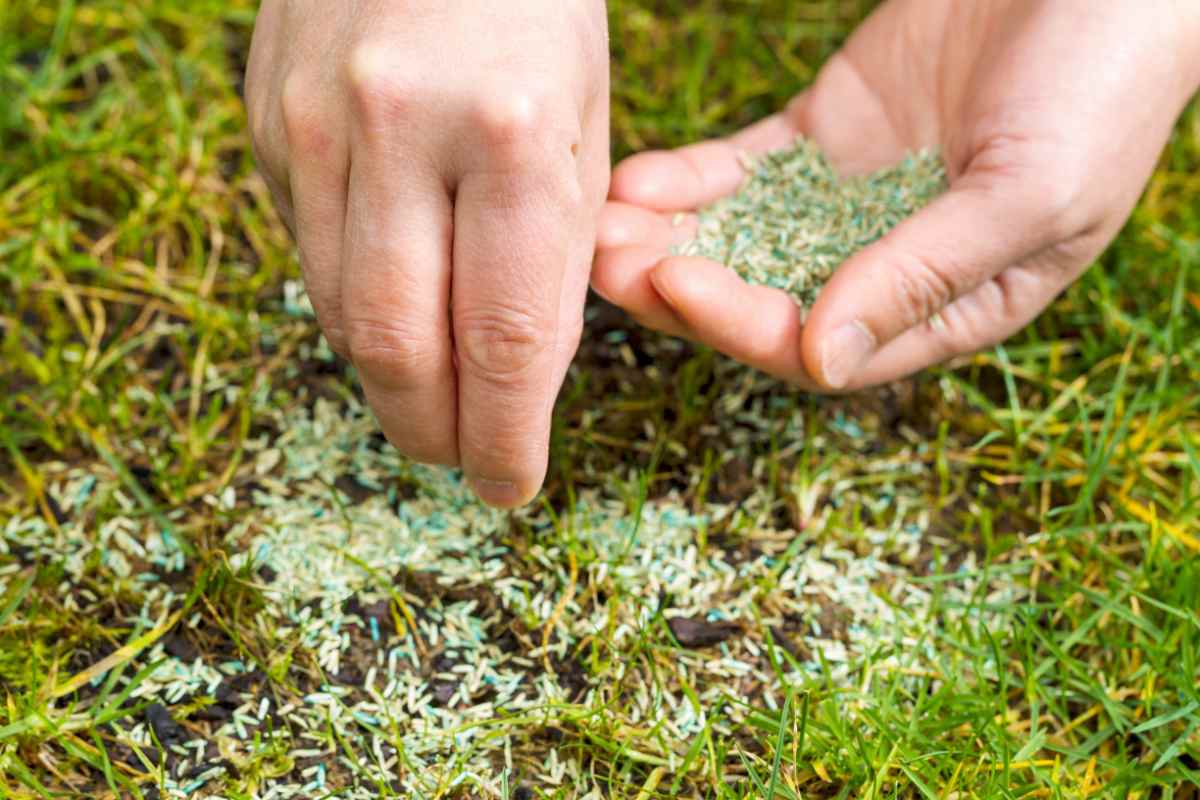
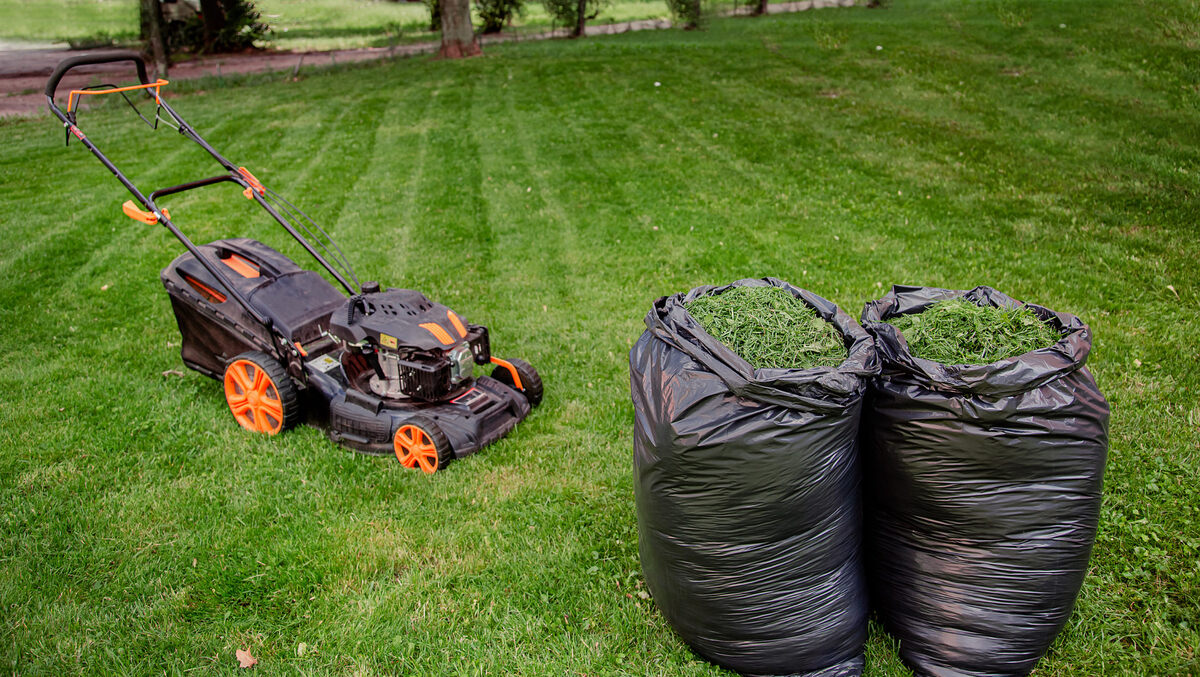
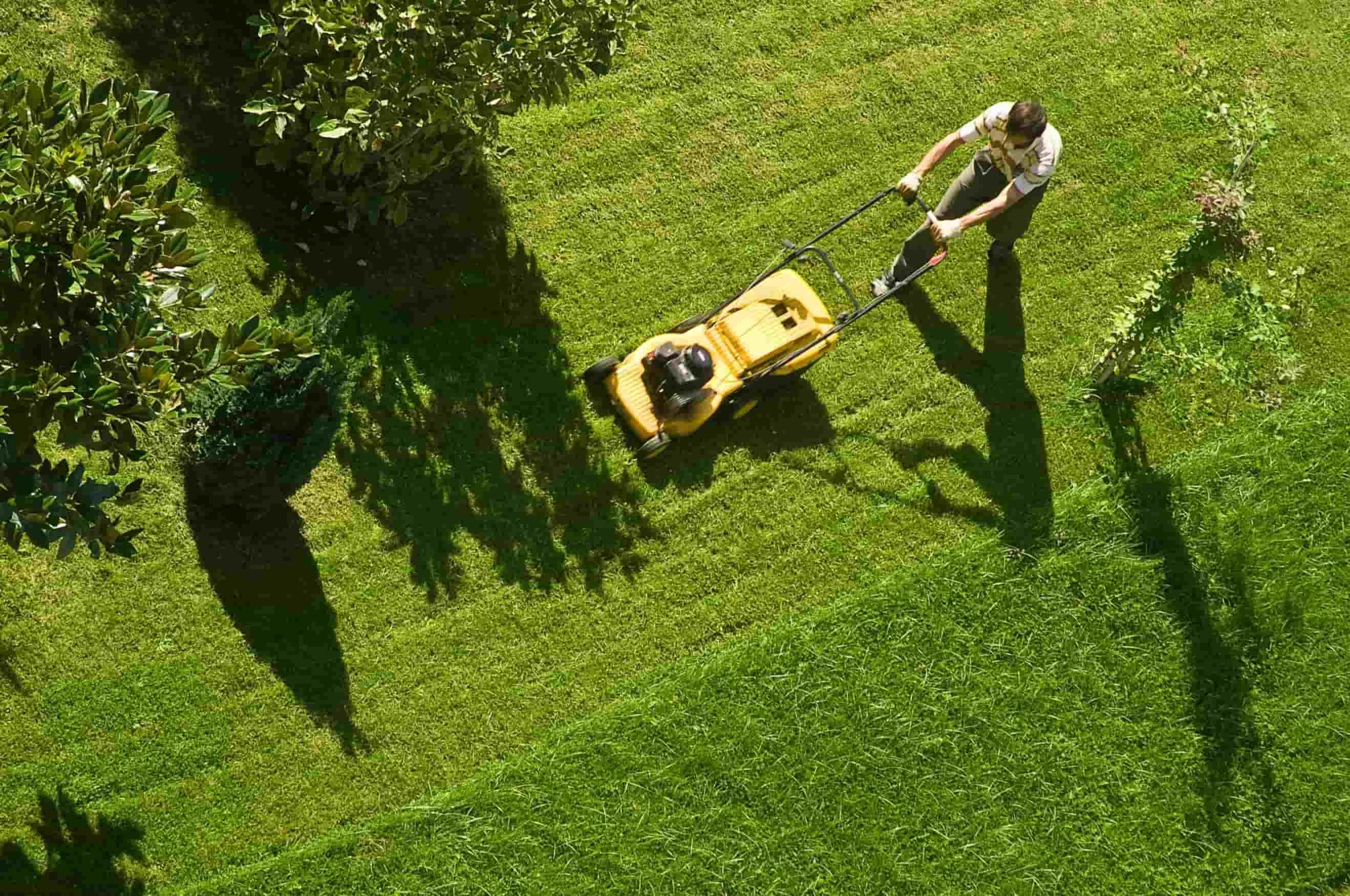
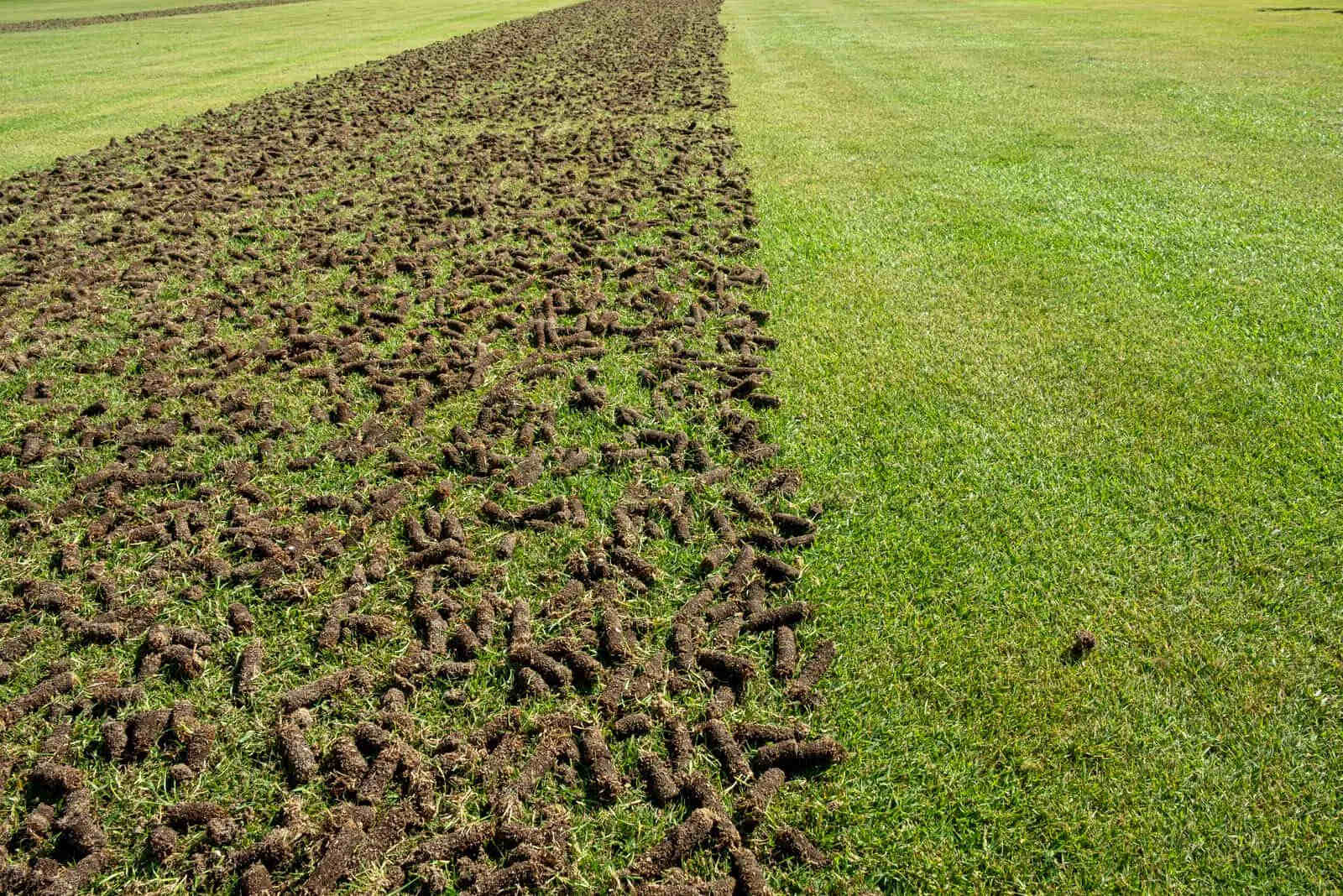
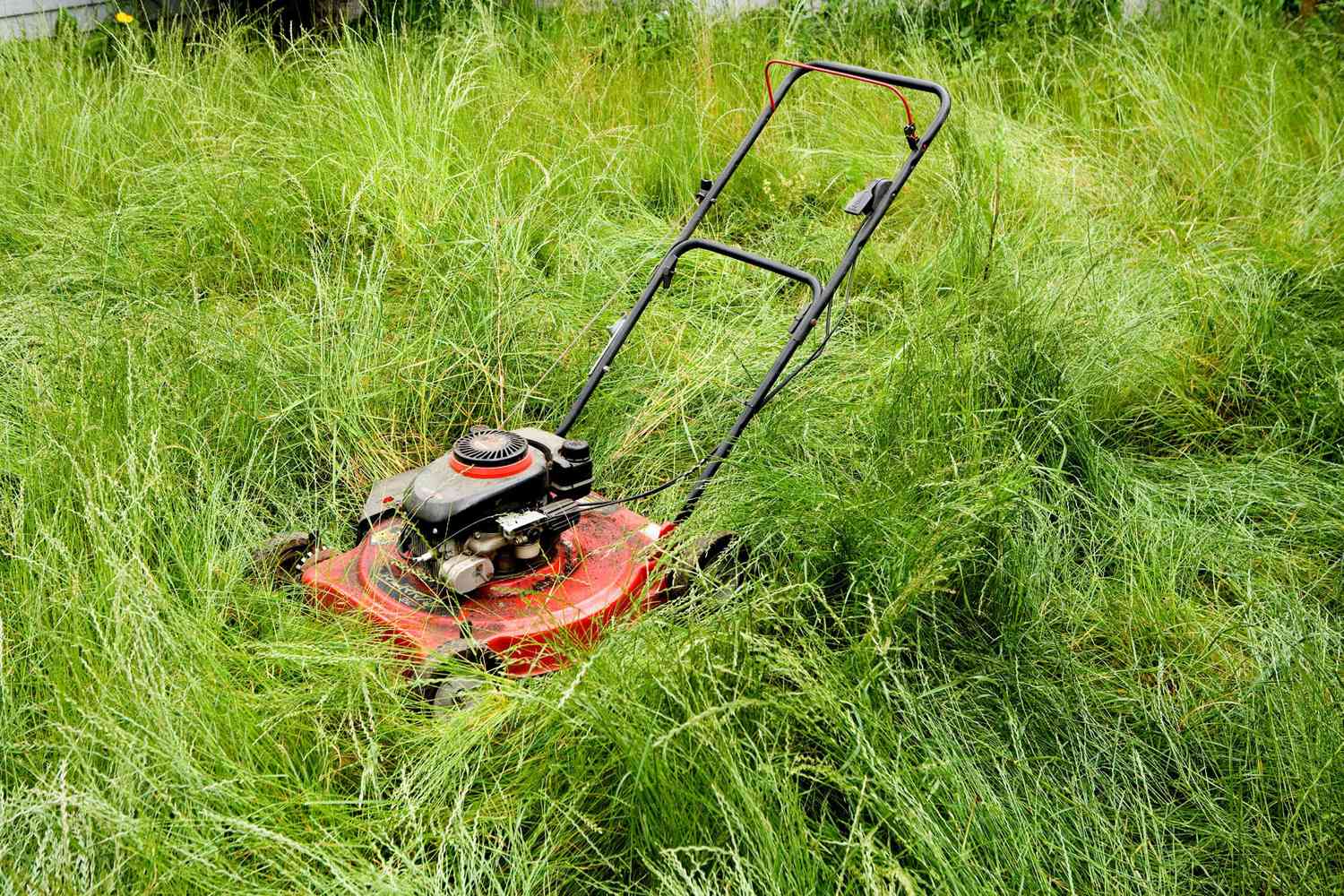
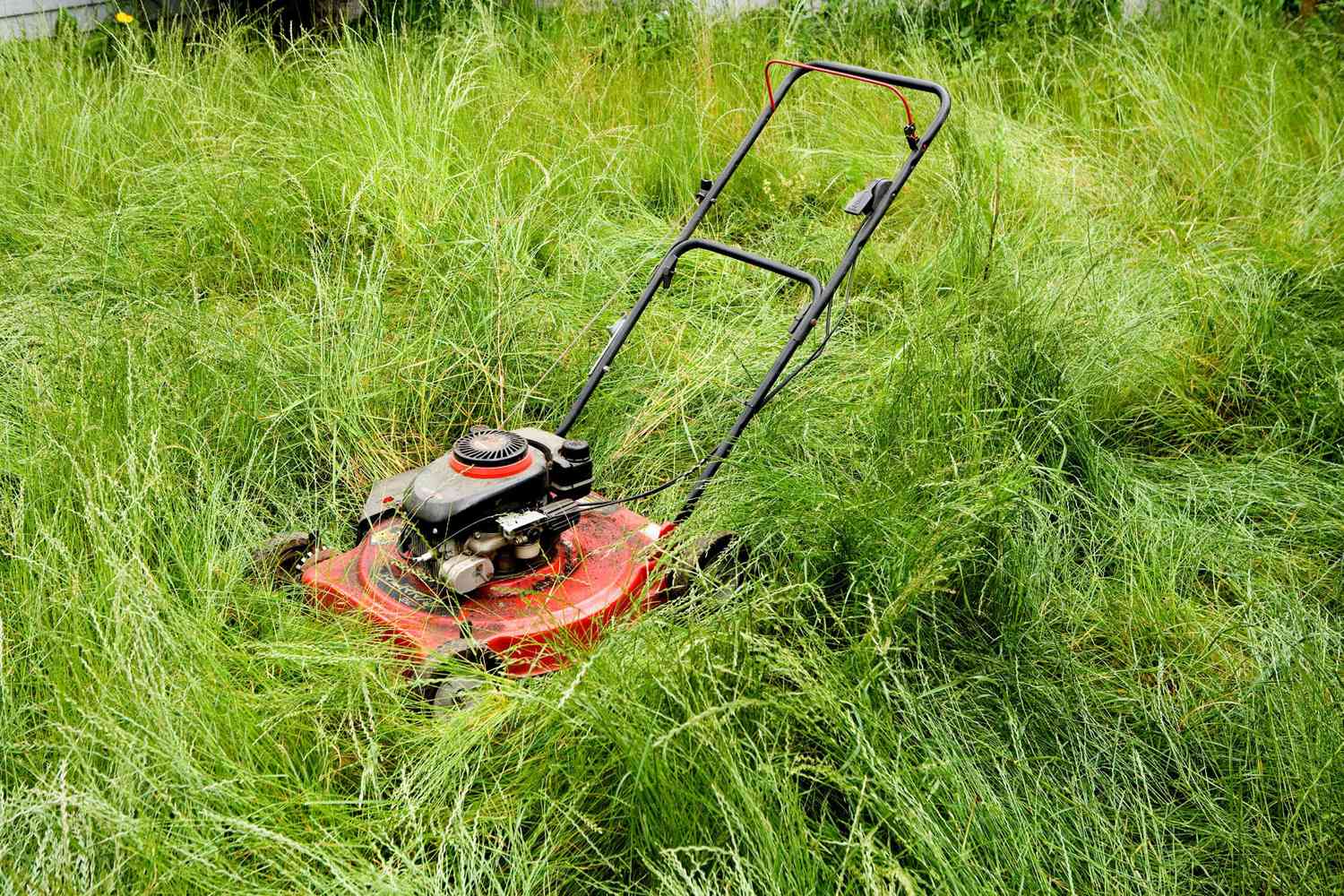
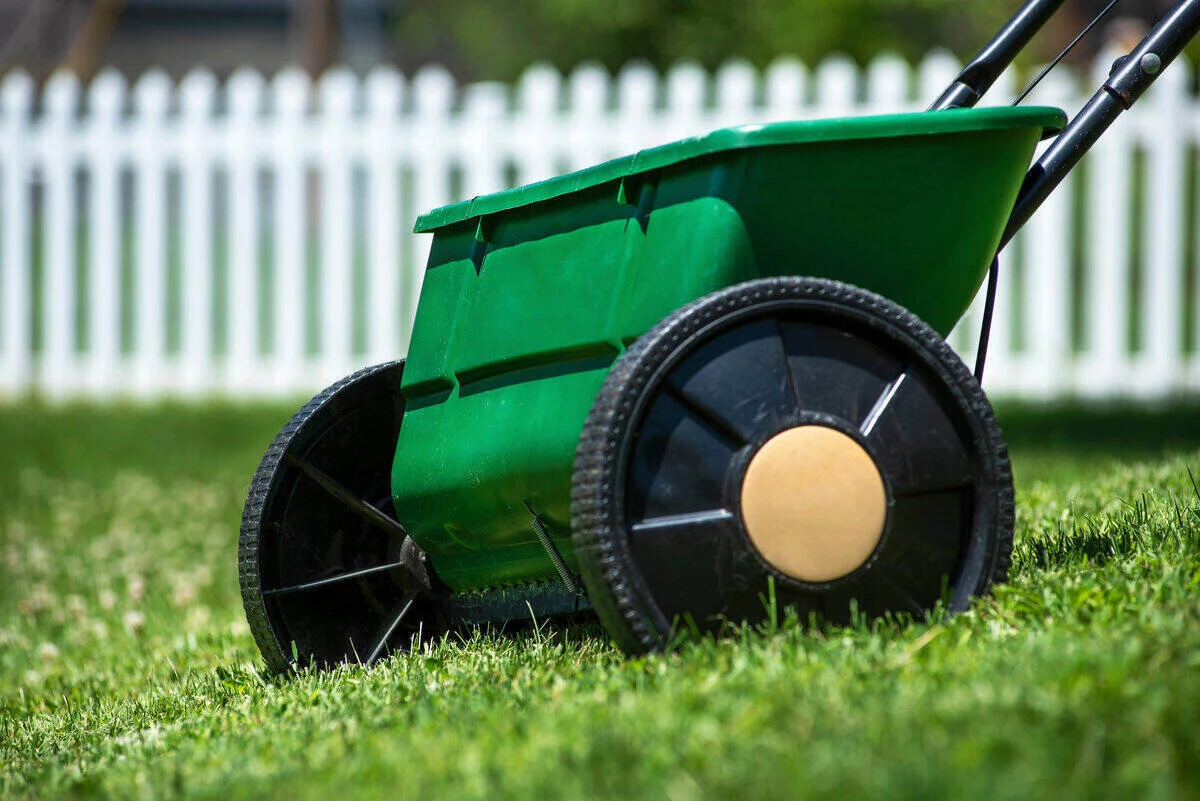
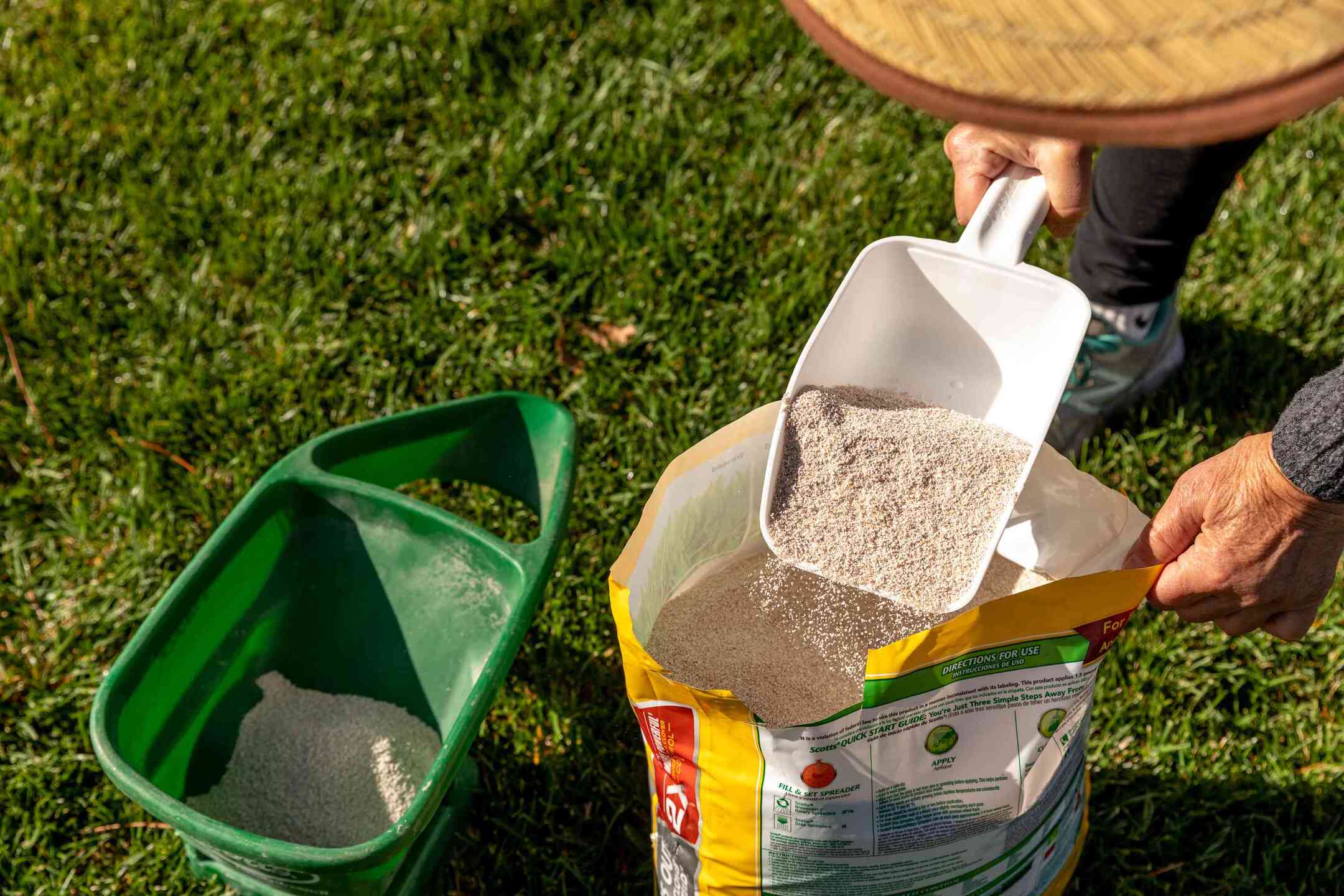
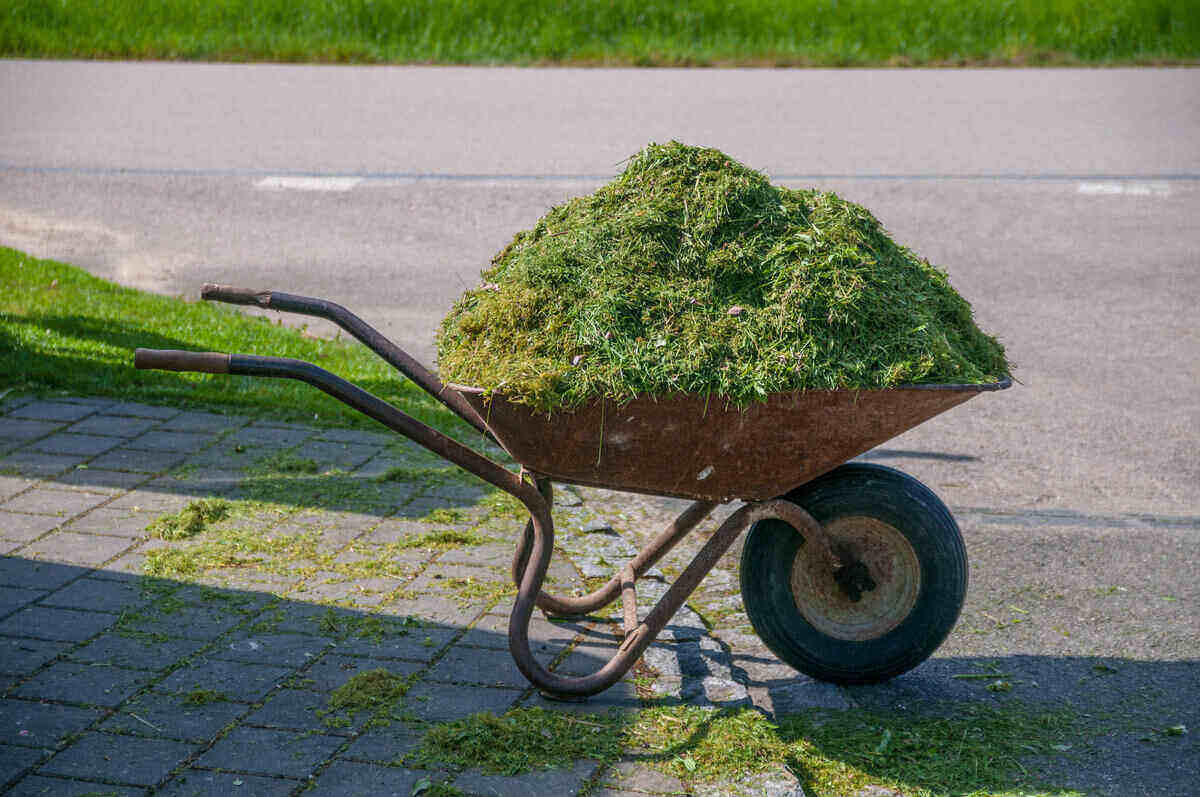
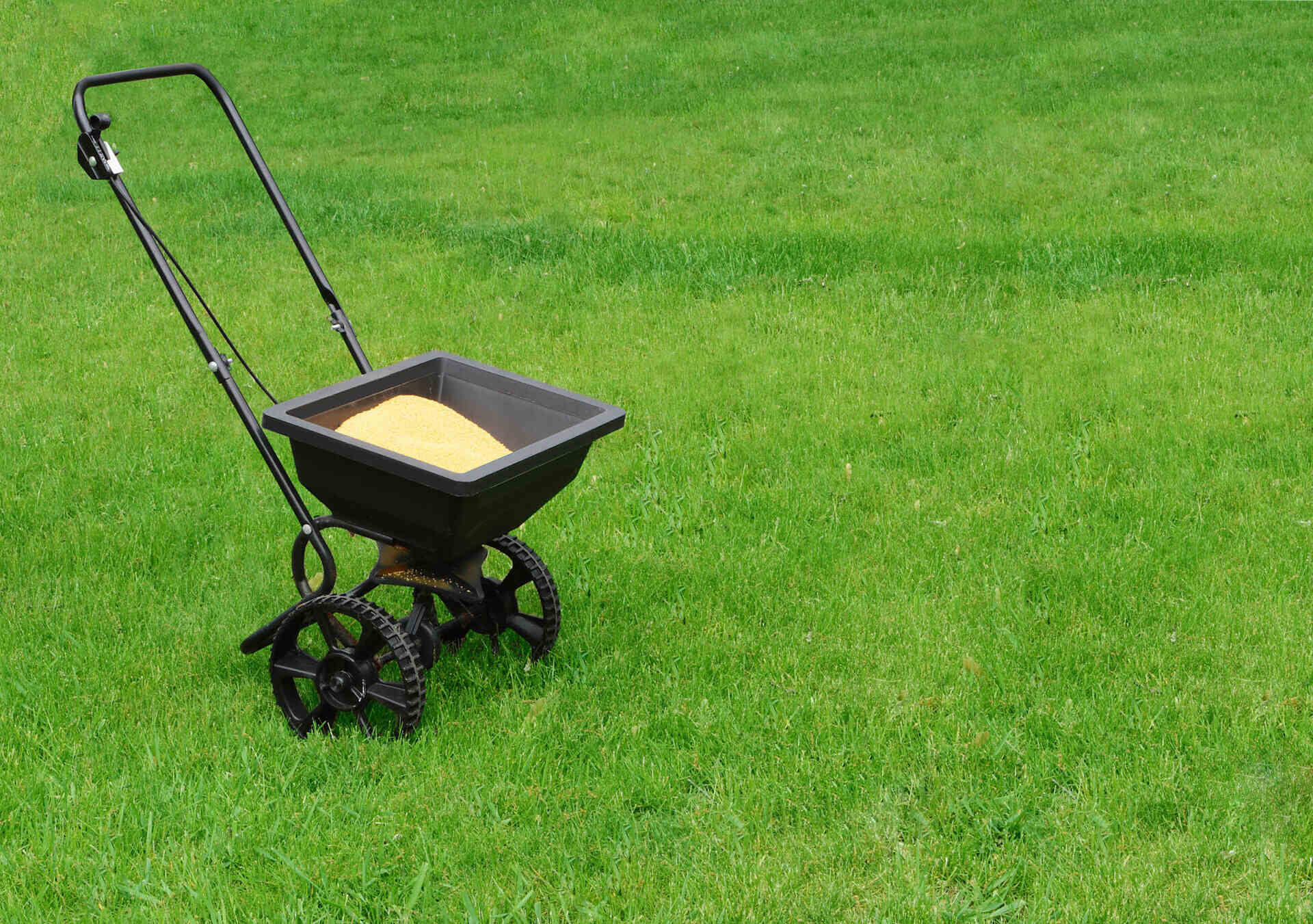
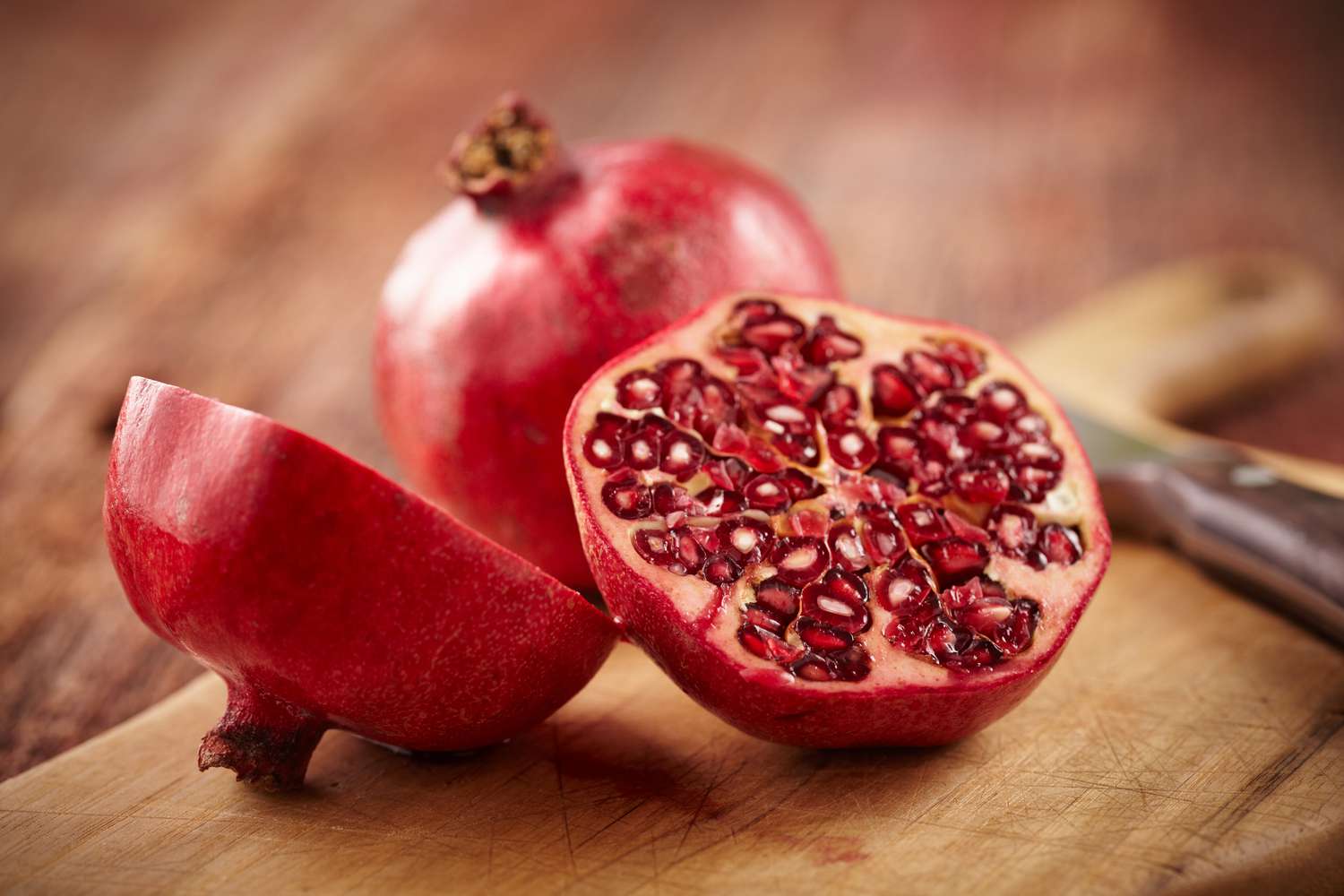
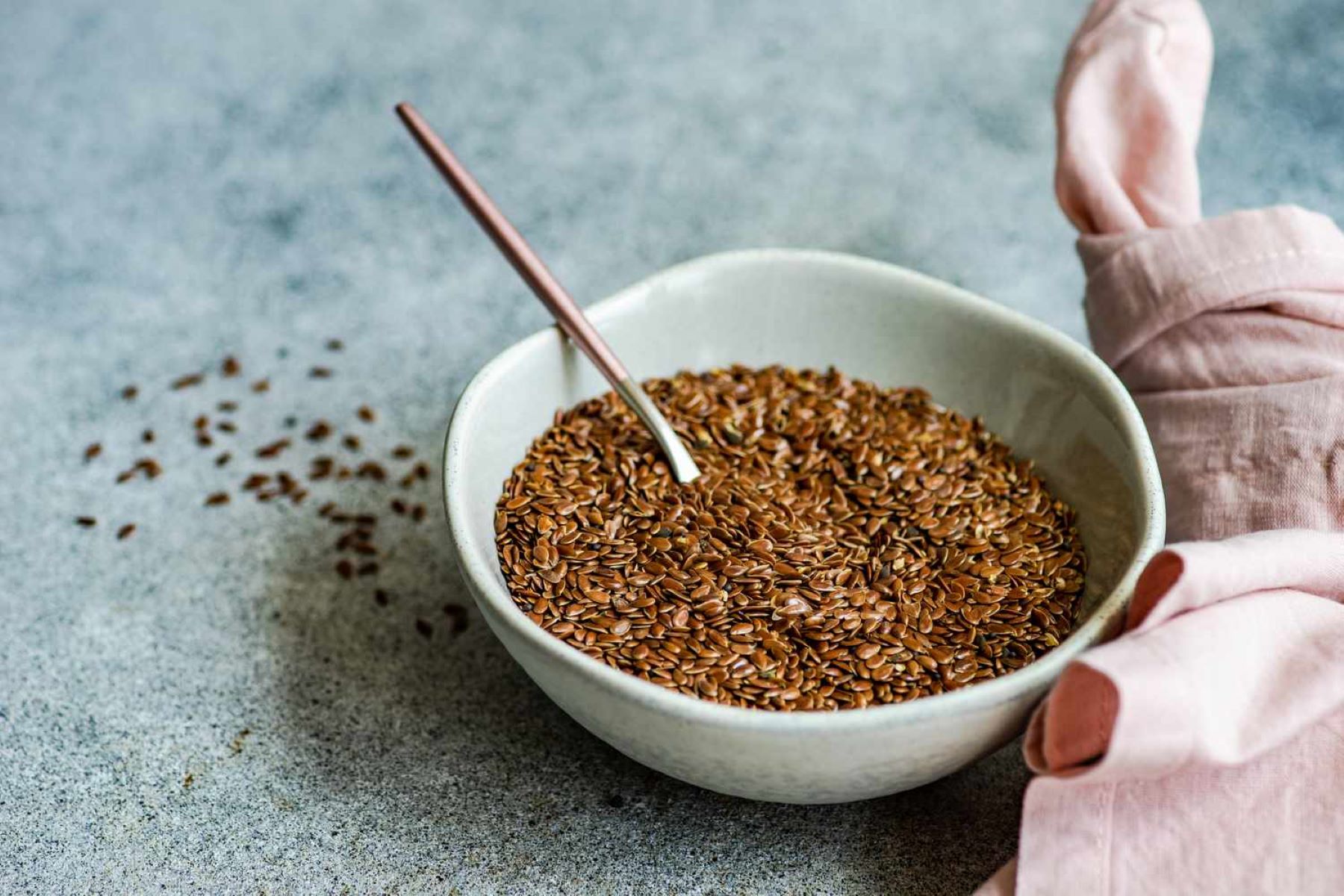

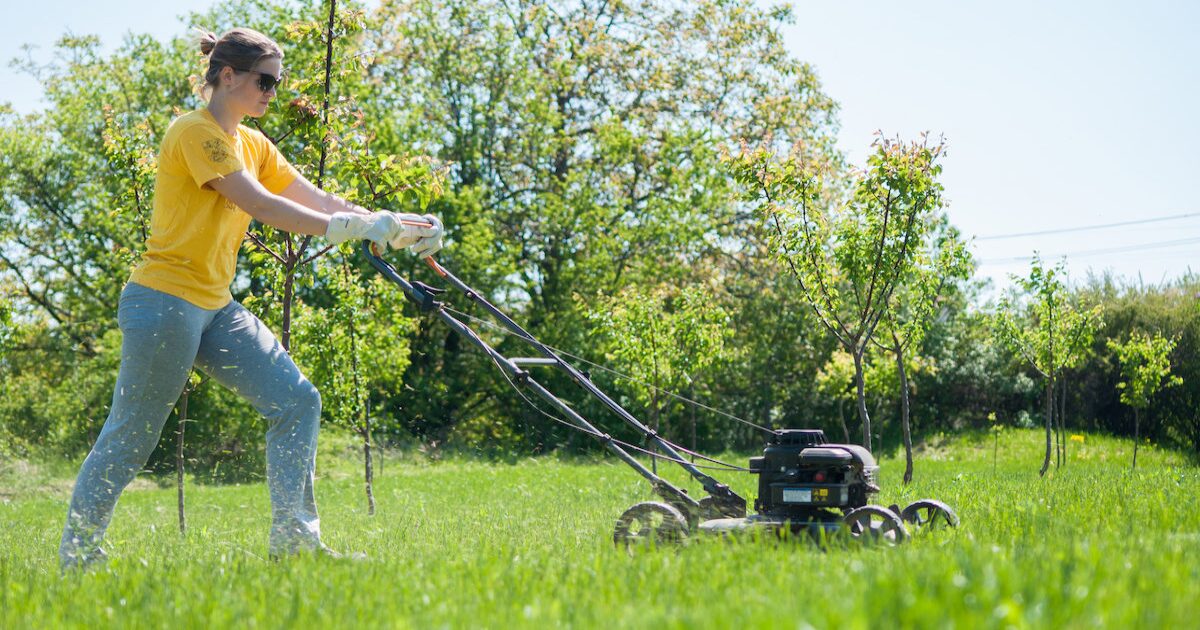

0 thoughts on “How Long After Grass Seed Can You Mow”